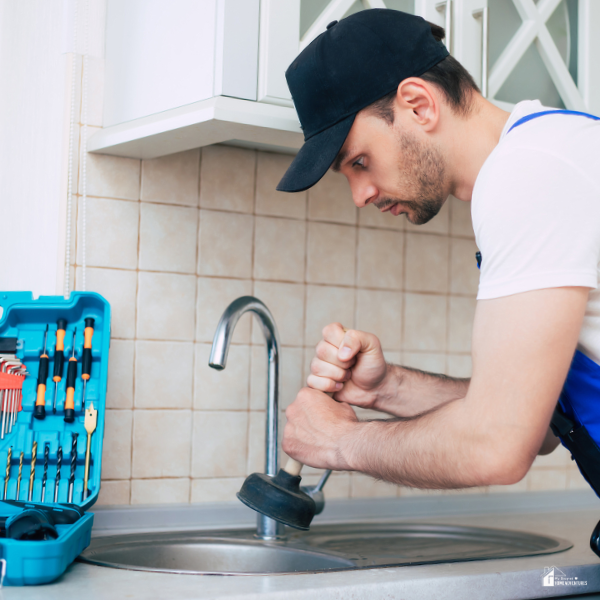5 Essential Things to Consider Before Buying a Snowflake Ice Cream Machine
This post may contain affiliate links which might earn us money. Please read my Disclosure and Privacy policies hereBuying a snowflake ice cream machine can feel straightforward at first, but the decision often involves more than just picking a model that looks good. These machines play an important role in both small shops and larger food businesses, so the right choice can make a big difference in daily operations. The best machine balances performance, cost, and convenience to match the specific needs of the user.
Many factors influence whether a machine will serve well over time, from how easy it is to clean to how much ice it can produce during busy hours. Energy use, cooling method, and overall size also matter, especially for spaces that need to stay efficient and organized.
By looking at these details before making a purchase, anyone can avoid common problems and invest with confidence.

1. Ease of Cleaning and Maintenance
Easy cleaning helps keep an ice cream machine safe to use and free from residue. A design with removable trays or parts allows faster washing and reduces the chance of buildup that can affect flavor or texture. Models with smooth stainless steel surfaces also wipe down more quickly.
Some machines include self-cleaning cycles that reduce manual work. However, owners still need to rinse and dry parts to prevent mold or bacteria. Regular attention to the water lines and ice storage areas keeps the machine running well over time.
For those who use an adjustable snowflake ice cream machine, cleaning becomes even more important since different textures may leave behind varied residue. Consistent upkeep helps preserve both performance and ice quality.
Simple maintenance tasks, such as checking filters and inspecting seals, extend the lifespan of the unit. A clear routine also saves money by reducing unexpected repair costs.
2. Production Capacity and Output Speed
Production capacity shows how much ice the machine can produce in a day. A small shop may need only a moderate amount, while a busy dessert parlor often requires a higher daily output to meet customer demand. Matching capacity with business needs helps avoid shortages or wasted energy.
Output speed also matters because it affects how quickly ice is ready during peak hours. A machine that produces ice at a steady pace supports smooth service and reduces wait times. Slow production can create delays that frustrate both staff and customers.
Different models vary in how fast they freeze and release ice. Some produce smaller batches quickly, while others focus on larger volumes over longer cycles. Choosing the right balance between speed and total capacity depends on the type of menu and the flow of customers.
It is also helpful to consider seasonal changes. Shops that see higher traffic in summer may need a machine with extra capacity to handle increased demand without interruptions.
3. Energy Efficiency and Cooling Method
Energy efficiency matters because ice machines often run for long hours. A model that uses less electricity can lower utility costs and reduce heat output in the workspace. This helps businesses keep expenses under control without sacrificing performance.
Cooling method also plays a major role in how the machine operates. Air-cooled machines use fans to release heat, which works well in open spaces with good airflow. Water-cooled machines rely on water circulation, which can be effective in tight areas but may increase water usage.
Some snowflake ice machines now include designs that balance production speed with lower energy demand. This makes them suitable for high-volume use while still controlling utility costs. Buyers should compare power ratings and cooling styles to find the best match for their space and budget.
Choosing the right mix of energy efficiency and cooling method can affect long-term operating costs. Therefore, it is worth reviewing both factors before making a purchase decision.

4. Machine Size and Portability
The size of a snowflake ice cream machine affects how well it fits into a kitchen or service area. Buyers should measure the available space before deciding, so the unit does not block walkways or interfere with other equipment.
A larger machine often produces more ice, but it also requires more floor space. Smaller models may suit shops with limited room, though they usually make less ice per hour. Therefore, capacity needs should match the layout of the space.
Portability also matters, especially for businesses that may move equipment during cleaning or rearrangement. Machines with wheels or lighter designs allow for easier relocation without extra effort.
In addition, access points like doors and hallways should be considered. A machine that cannot pass through standard entryways will create installation problems. Careful planning helps avoid costly adjustments later.
By balancing size, output, and mobility, buyers can select a machine that supports daily operations without creating space or transport issues.
5. Budget and Overall Cost of Ownership
A snowflake ice cream machine requires more than just the upfront purchase price. Buyers should also account for delivery fees, installation, and any accessories needed to operate the unit. These added expenses can raise the initial investment.
Ongoing costs also play a large role. Electricity use, water supply, and cleaning supplies all add to the monthly bill. In addition, replacement parts such as blades or filters may be needed over time.
Maintenance should not be overlooked. Regular servicing helps keep the machine in good condition but comes with its own expense. Ignoring this can lead to higher repair bills later.
Insurance and warranty coverage may also affect the budget. Some warranties cover parts for a limited period, while others require extra payment for extended protection. Buyers should compare these options before making a decision.
Finally, storage space and ventilation can influence costs. A machine that runs in a poorly ventilated area may use more energy and wear out faster, which increases long-term expenses.
Conclusion
A snowflake ice cream machine can add value to a dessert business, but the decision requires attention to cost, capacity, and ease of use. Buyers should weigh the upfront price against long-term savings from energy efficiency and low maintenance.
The texture and quality of the ice also matter since they affect customer satisfaction and menu variety. Choosing a machine that produces consistent results helps maintain product standards.
By comparing features, understanding production needs, and considering ongoing expenses, buyers can make a practical choice that supports both operations and growth.








